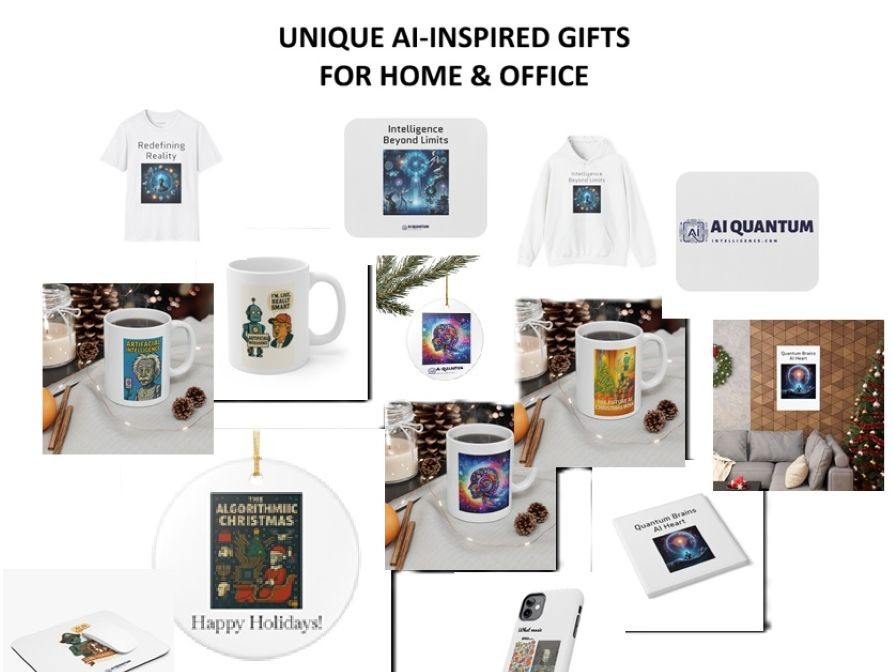Tags
Gligoric, N., Hakola, L., Larizgoitia, I., van Kranenburg, R., Vehmas, K. (2024). Tags. In: Ziegler, S., Radócz, R., Quesada Rodriguez, A., Matheu Garcia, S.N. (eds) Springer Handbook of Internet of Things. Springer Handbooks. Springer, Cham. ChapterFirst Online: 28 November 2023pp 43–67 Springer Handbook of Internet of ThingsNenad Gligoric, Liisa Hakola, Iker Larizgoitia, Rob van Kranenburg […]
Gligoric, N., Hakola, L., Larizgoitia, I., van Kranenburg, R., Vehmas, K. (2024). Tags. In: Ziegler, S., Radócz, R., Quesada Rodriguez, A., Matheu Garcia, S.N. (eds) Springer Handbook of Internet of Things. Springer Handbooks. Springer, Cham.
Chapter
First Online: 28 November 2023
pp 43–67
Springer Handbook of Internet of Things
Nenad Gligoric, Liisa Hakola, Iker Larizgoitia, Rob van Kranenburg & Kaisa Vehmas
New types of sensors are becoming reality, printable, and able to collect, sense, and read parameters of relevance from the environment. Attaching these types of sensors (tags) to plain objects such as food, medication, and cosmetics can enable us to interact with them by turning these objects into the smart IoT devices. The rapid take up of tags can be expected only if global acceptance by large stakeholders happens. This requires standardized data encoding/decoding capabilities to avoid multiple codes on items (products), while ensuring a glide path with industry toward a future where a single 2D barcode could serve the needs of all parties ensuring iteration between all actors in the ecosystem. Individual item-level tagging is a key building block in the drive toward a European Circular Economy and viable business models. This chapter focuses on explaining the tags, specifically the Smart Tags built facilitating these new types of sensors enabling creation of unique identifiers for each individual product item (package on item level) in a standardized manner. Chapter is divided into three sections to explain (1) enabling technologies for creation of tags including 2D barcode, functional inks reacting to different environmental conditions, printed indicators, sensors, and RFID; (2) technical framework for encoding and decoding of the tag’s content facilitating proposed GS1 URI proposed model; and (3) real-world examples of the technology piloted in six service concepts.













